1. Expanding the Garage
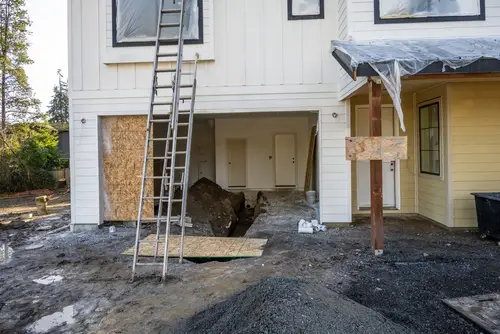
Adding an extra bay to your garage can cost upwards of $30,000–$50,000. While it sounds practical, not everyone values garage space equally. In suburban areas, it might be appealing, but in urban neighborhoods, buyers may not even own multiple cars. The return just doesn’t justify the expense in most markets.
On top of construction costs, zoning and permits can be tricky. And buyers might prefer more finished living space instead of additional car storage. Unless you’re in a luxury market where six-car garages are common, this upgrade is unlikely to pay off. It’s a convenience, not a guaranteed value-booster.
2. Over-the-Top Landscaping
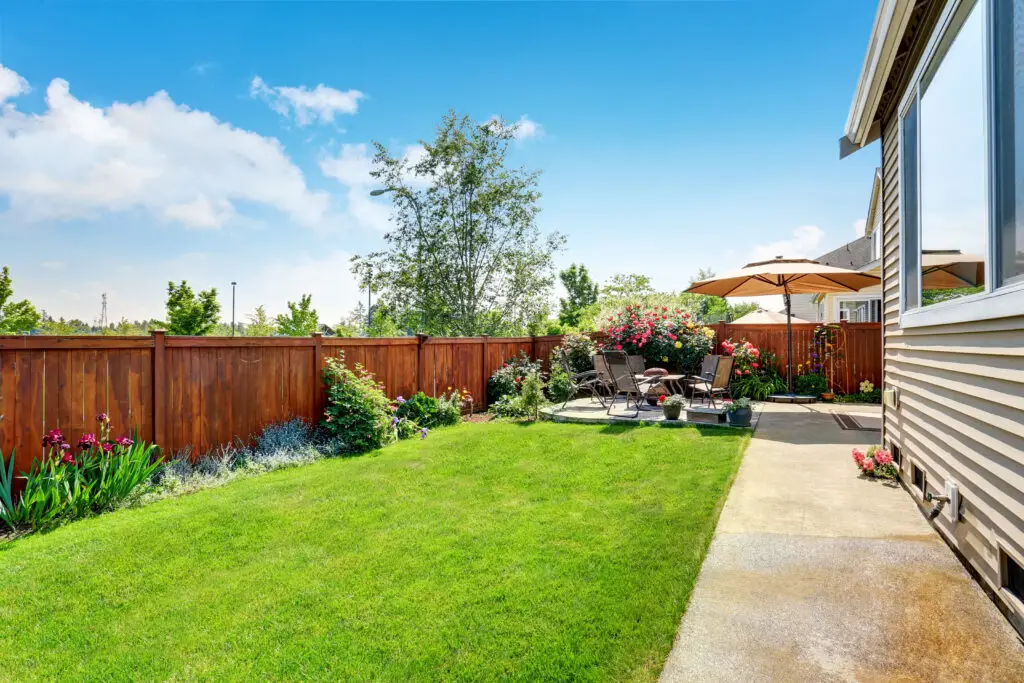
Landscaping is great for curb appeal, but there’s a line between attractive and excessive. Spending $50,000 on custom fountains, imported trees, or elaborate stonework won’t guarantee higher offers. Most buyers just want a neat lawn and some manageable greenery, not a botanical garden that’s costly to maintain. What feels like paradise to you could feel like a chore to someone else.
Plus, maintenance costs add up, and buyers don’t necessarily want that responsibility. A high-maintenance yard might even scare people off if they’re not gardening enthusiasts. Unlike kitchens or bathrooms, where updates add clear value, landscaping tends to return only a fraction of the cost. Stick to clean and simple instead of extravagant if you’re thinking about resale.
3. Luxury Kitchen Upgrades
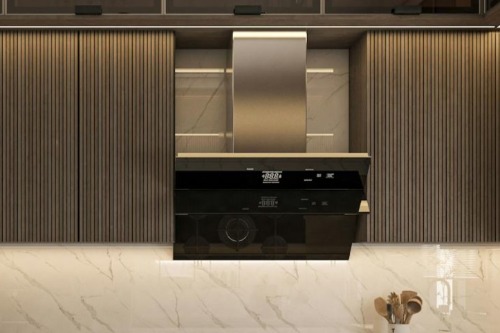
It’s true that kitchens sell homes, but there’s a big difference between a stylish update and a total luxury overhaul. Think imported marble counters, professional-grade ranges, and custom cabinetry—costs can easily skyrocket past $100,000. While those details may wow you, most buyers are perfectly content with a modern but more practical remodel. You rarely get back more than 60–70% of what you spend on a high-end kitchen.
The problem is taste and budget don’t always align. A buyer who doesn’t cook much might not care about a chef’s stove. Someone else may prefer different finishes altogether, meaning they won’t value your splurge as much. A mid-range upgrade almost always gives a better return than a luxury one.
4. Home Theater Rooms
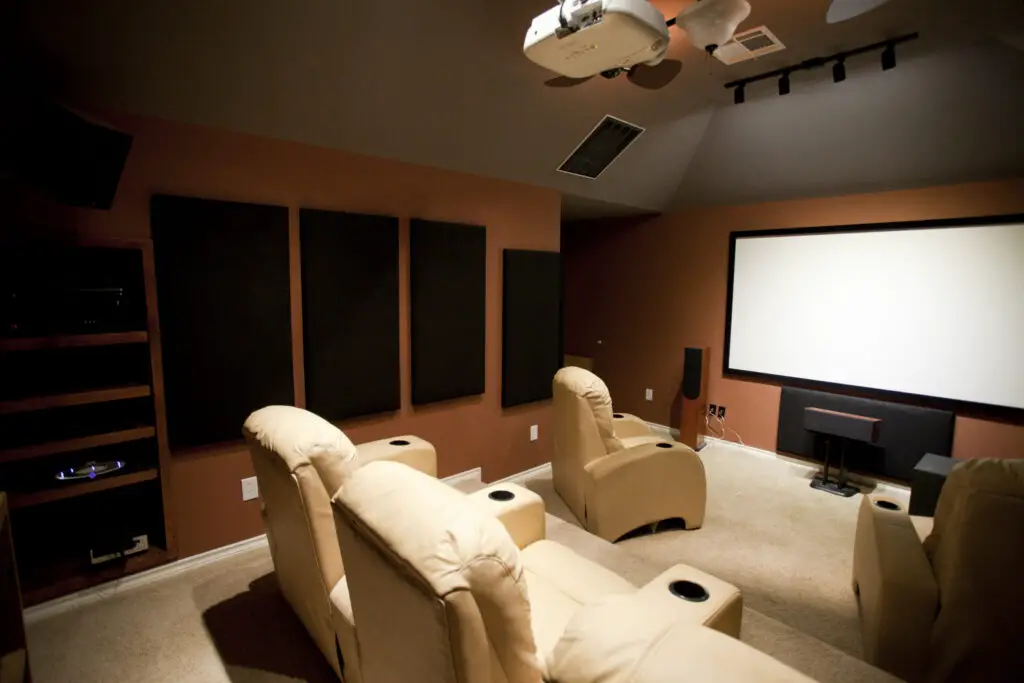
A dedicated home theater feels like something out of a dream—plush seats, surround sound, maybe even a popcorn machine. But installing one can cost $20,000 or more, especially if you’re adding soundproofing and wiring. The issue? Buyers don’t typically see it as a “must-have.”
Many people would rather repurpose the room into a bedroom, office, or playroom. Trends also shift quickly—what feels cutting-edge now could seem outdated in five years. And while you might watch movies every weekend, buyers may prefer streaming in the living room. The return here is more about enjoyment than money.
5. High-End Bathroom Remodels
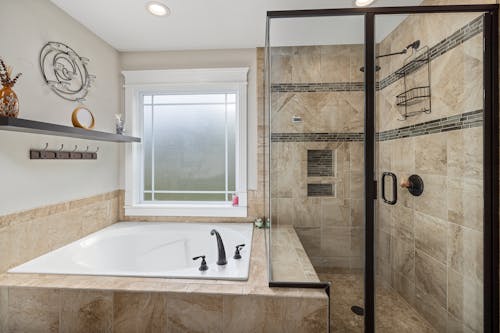
Bathrooms are another area where upgrades matter, but going overboard can backfire. A $70,000 spa-style bathroom with heated floors, custom tile mosaics, and designer fixtures looks great, but most buyers won’t pay a premium for it. They want clean and functional, not necessarily luxurious. You might see only about 60% of your investment come back at sale.
Also, bathroom trends change faster than you’d think. That expensive clawfoot tub or rainfall shower could look dated in a decade. Buyers may even see the space as overdone if it doesn’t match the rest of the home’s style. A mid-range remodel nearly always makes more sense financially.
6. Wine Cellars
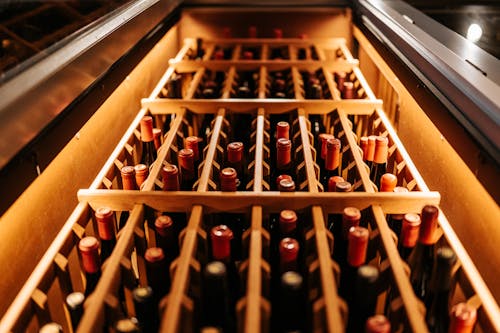
Wine enthusiasts love the idea of a custom cellar, but the costs are steep. Building one can range from $15,000 to well over $100,000, depending on how elaborate you go. The thing is, only a small slice of buyers are serious collectors. For everyone else, it’s just wasted square footage.
Even if someone enjoys wine, they might not want to dedicate an entire room to it. Climate control and ongoing maintenance add extra expenses, too. When you’re selling, buyers often won’t pay extra for a feature they see as niche. It’s a passion project, not a smart investment.
7. Solar Panels (in the Wrong Market)
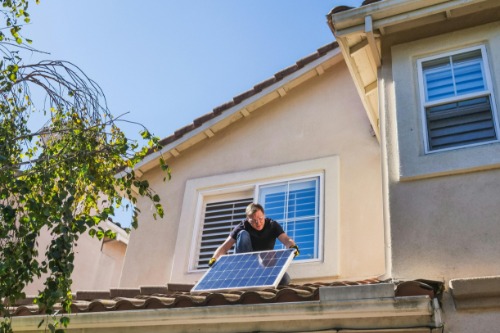
Solar panels can be a great investment, but only in certain areas. If you live somewhere with low electricity costs or limited sun, they might take decades to pay off. Installation can cost $15,000–$25,000, and while they may save you money, they don’t always boost resale value. In some markets, buyers even worry about maintenance or panel lifespan.
In addition, leased solar systems can complicate a home sale. Buyers may not want to take over payments on a long-term contract. And while environmentally friendly buyers might love the idea, others see it as unnecessary. Always check your region’s energy costs and incentives before committing.
8. Built-In Electronics
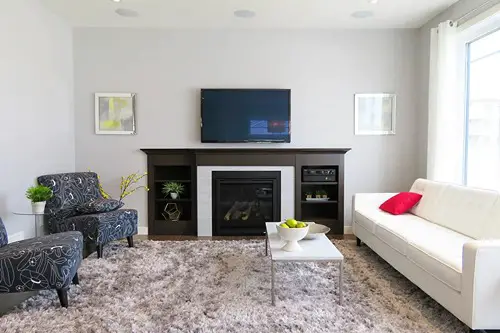
Custom speakers, built-in TVs, and integrated smart systems sound futuristic, but technology ages fast. What feels advanced today might be clunky in just a few years. Buyers often prefer bringing in their own devices rather than dealing with outdated built-ins. These upgrades can cost tens of thousands but deliver almost no resale premium.
The other issue is compatibility. A buyer who prefers Apple products may not love your Android-based setup, or vice versa. And if systems fail, repairs can be expensive and complicated. Unless you’re upgrading for your own daily use, keep tech investments portable.
9. Swimming Pools
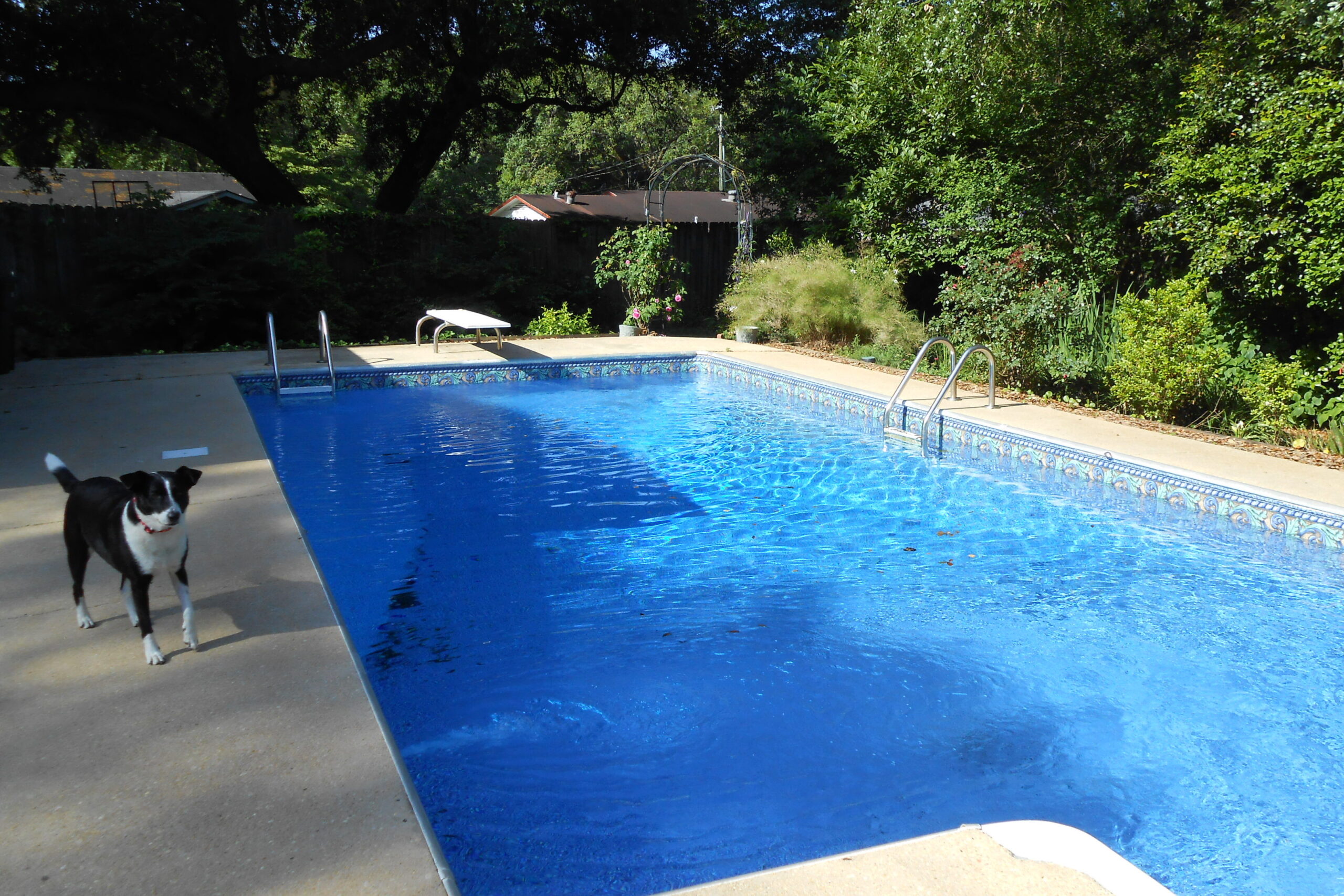
A backyard pool sounds like the ultimate luxury, but the reality is far less glamorous. Installation alone can run anywhere from $35,000 to over $60,000, depending on the size and features. On top of that, pools require constant upkeep—think chemicals, cleaning, repairs, and increased utility costs. Many buyers also see them as a liability, especially families with small kids.
That means you could sink tens of thousands into a pool and only recoup about half, if that, when it’s time to sell. Buyers in colder climates are even less likely to pay a premium for a pool they’ll use just a few months each year. In fact, some house-hunters may outright avoid homes with pools due to safety or insurance concerns. Unless you’re absolutely sure you’ll enjoy it daily, this is one upgrade that’s more for lifestyle than resale.
10. Home Gyms

A fully built-out home gym is another upgrade that caters to a specific lifestyle. Equipment, mirrors, and custom flooring can cost tens of thousands. The catch is, not everyone wants to dedicate that much square footage to exercise. Many buyers prefer to use community gyms or smaller setups they can move around.
When it comes time to sell, buyers may just see it as a room they’ll need to renovate. If it takes away from bedroom or office space, it could even hurt your home’s appeal. Exercise equipment also wears out and feels dated quickly. Unless fitness is central to your life, this is a risky investment.
11. Attic or Basement Conversions (in Certain Markets)
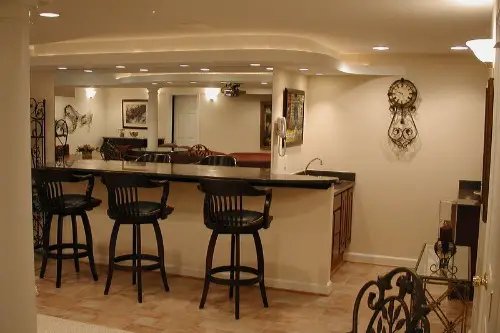
Converting unused space into a bedroom, theater, or office sounds smart, but it doesn’t always pay off. Costs can run $50,000–$100,000 depending on how much plumbing and electrical work is needed. If your area doesn’t value finished basements or attics, buyers won’t pay more for the extra space. Worse, they might see it as nonessential square footage.
In some markets, basements are mainly storage, not living areas. If the conversion isn’t done to code, it may not even count toward your home’s official square footage. That makes the return even less predictable. Always check local norms before investing here.
12. Custom Luxury Fixtures

Things like $10,000 light fixtures, imported chandeliers, or hand-carved woodwork may feel like upgrades, but most buyers don’t care. They’re more likely to focus on functionality and overall condition. Expensive finishes also don’t guarantee higher offers. In fact, buyers might swap them out for their own taste anyway.
The problem is that “luxury” is subjective. What feels elegant to you may feel outdated or gaudy to someone else. These upgrades rarely add measurable value because they’re tied too closely to personal preference. Save the splurge for items you’ll truly enjoy instead of resale hopes.
13. In-Ground Hot Tubs
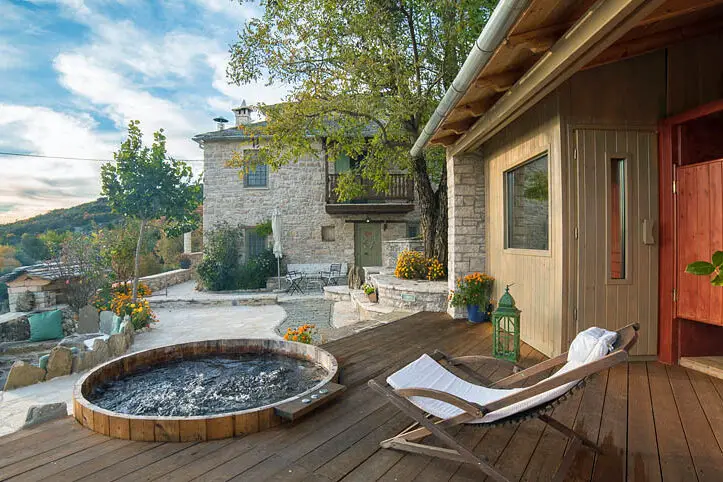
Hot tubs can seem like a fun backyard perk, but in-ground versions come with serious costs. Installation can run $10,000–$20,000, and upkeep includes chemicals, cleaning, and potential repairs. Like pools, they also have safety and liability concerns that may turn buyers off. Not everyone wants the responsibility of maintaining one.
On top of that, hot tubs wear out quickly compared to other home features. A buyer might see your 10-year-old spa as something they’ll need to replace right away. This makes them more of a personal luxury than a resale advantage. You’ll enjoy it while you live there, but don’t expect it to pay you back later.
14. Specialty Rooms
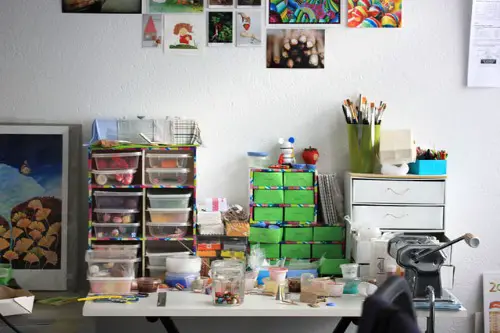
From hobby craft rooms to recording studios, specialty spaces are highly personal. Building one can cost tens of thousands depending on soundproofing, cabinetry, or specialized equipment. The problem is that only a small number of buyers will share your hobby. For everyone else, it’s just a room they’ll have to convert.
That means your expensive upgrade may actually feel like an obstacle during resale. Buyers may mentally subtract the cost of redoing it from their offer. It’s fine to create a space you’ll love, but don’t do it with investment in mind. The return here is happiness, not money.
This post 14 Property Upgrades That Cost More Than They’ll Ever Return was first published on Greenhouse Black.
